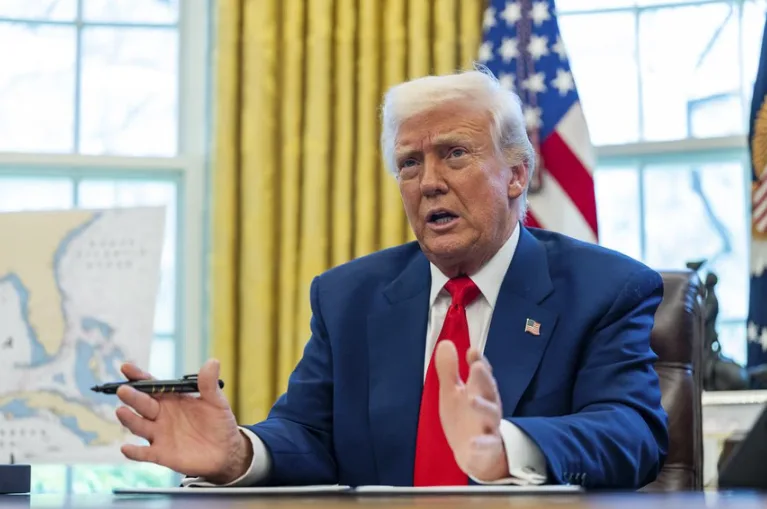US President Donald Trump on Monday announced plans to lead a nationwide campaign to eliminate mail-in voting, a method used by over a third of Americans in recent elections, as part of his push to reshape the country’s electoral system ahead of the 2026 midterms.
Despite having personally benefited from postal voting in the past—and having used it himself—Trump said he would sign an executive order aimed at banning mail-in ballots and phasing out electronic voting machines, which he called “highly inaccurate, very expensive, and seriously controversial.”
“I am going to lead a movement to get rid of MAIL-IN BALLOTS,” Trump wrote on his Truth Social platform. “And also, while we’re at it, Highly Inaccurate, Very Expensive, and Seriously Controversial VOTING MACHINES.”
Mail-in and absentee ballots accounted for just over 30% of all votes cast in the 2024 US election. In 18 states, such ballots can still be counted after Election Day, provided they are postmarked on or before that date.
Despite repeated claims from Trump and his allies, there is no credible evidence that mail-in voting is more prone to fraud than in-person voting. Election experts and pro-democracy advocates warn that eliminating mail-in options would disenfranchise millions of Americans, particularly those with disabilities, the elderly, or people living in remote areas.
Trump has long promoted misinformation about mail-in voting, especially during and after the 2020 election, which he lost to Democrat Joe Biden. He falsely alleged that fraudulent postal ballots were used to rig that election—a claim repeatedly debunked by courts, election officials, and his own administration.
In a recent interview with Fox News, Trump invoked Russian President Vladimir Putin to bolster his position, claiming Putin supported his view that mail-in ballots undermine election integrity.
“You know, Vladimir Putin said something very interesting,” Trump said. “He said, ‘Your election was rigged because you have mail-in voting… No country has mail-in voting. It’s impossible to have mail-in voting and have honest elections.’”
However, data from the International Institute for Democracy and Electoral Assistance (International IDEA) shows that 34 countries allow postal voting within their borders—including US allies like Germany, the United Kingdom, Denmark, and Canada.
In March, Trump signed an executive order directing Attorney General Pam Bondi to prevent states from counting absentee ballots received after Election Day, even if they were legally postmarked. The order was quickly blocked by a federal judge, who ruled that the president lacked authority to dictate state-level election procedures.
Ironically, Trump himself cast mail-in ballots twice in Florida during the 2020 primaries and previously used absentee voting in New York in 2017 and 2018. He voted in person during both the 2016 and 2020 presidential elections.
In a brief shift in 2024, Trump even launched a “Swamp The Vote USA” initiative encouraging his supporters to vote early and by mail—a move analysts interpreted as a tactical acknowledgment that a significant portion of his voter base uses the mail-in option.
Trump’s renewed attacks on mail-in voting come amid continued debates over voter access, election integrity, and the balance of federal versus state control of electoral laws.
AFP


